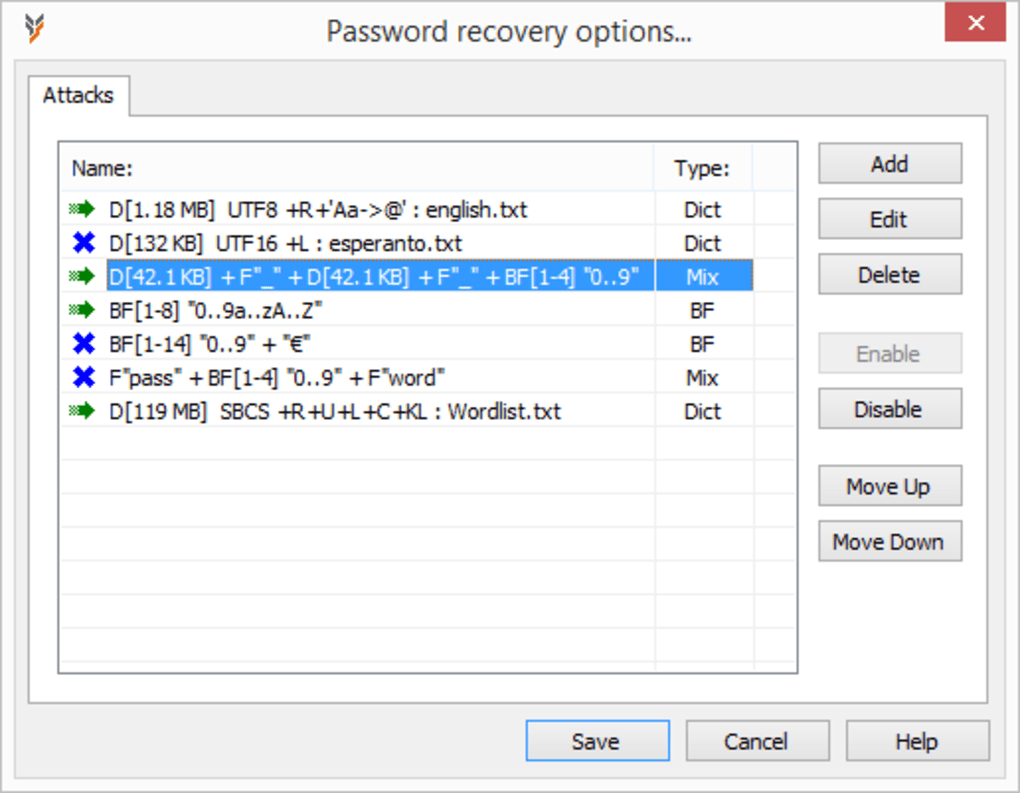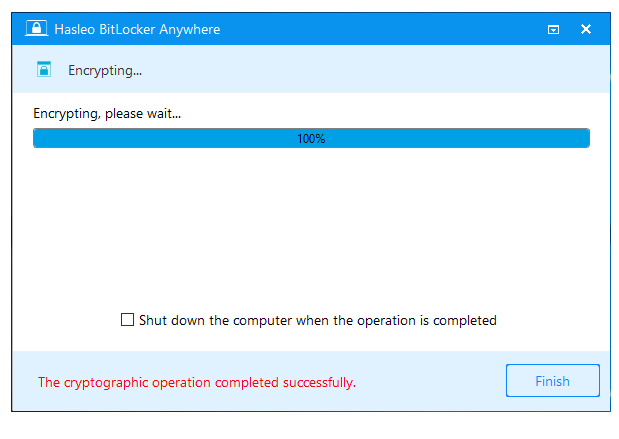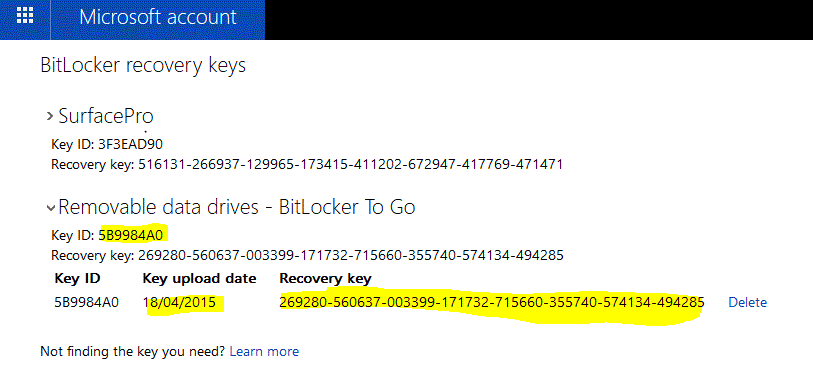

- BITLOCKER GENERATE NEW RECOVERY KEY HOW TO
- BITLOCKER GENERATE NEW RECOVERY KEY WINDOWS 10
- BITLOCKER GENERATE NEW RECOVERY KEY PASSWORD
- BITLOCKER GENERATE NEW RECOVERY KEY PROFESSIONAL
Remember to replace -id with your Numerical Password.

BITLOCKER GENERATE NEW RECOVERY KEY PASSWORD
To manually backup BitLocker recovery key to Active Directory, run the below command. If you dont have the BitLocker Recovery key or the BitLocker password to unlock the system drive C:, or the BitLocker key is not accepted, then the only. Note down the numerical password protector of the volume. Running the above command outputs the TPM details, Numerical password and BitLocker recovery key. Open an elevated command prompt and run the below command. Otherwise you will see the error: Group Policy does not permit the storage of recovery information to Active Directory. Most of all remember that the below steps will work only if the client machine has received the group policy setting to save the information to AD. Encrypt your hard drive and temporarily save the recovery key in a file. If you have not enabled BitLocker encryption, you must first do that.
BITLOCKER GENERATE NEW RECOVERY KEY WINDOWS 10
On your Windows 10 computer, you can use manage-bde.exe command to save the recovery information in AD. So ensure you are using the correct account to perform the steps. You do not need to decrypt and re-encrypt the drive to store the recovery information in AD.įirst of all you require local admin rights to run manage-bde commands. There is an easy way to manually backup BitLocker Recovery key to Active Directory. If you decrypt and re-encrypt a drive, a new key is generated as well. Manually Backup BitLocker Recovery Key to AD However you might want to manually save the key to AD. You troubleshoot the issue and fix the group policy issue. If your BitLocker drive isn’t unlocking normally, the recovery key is your only option. You may have printed that recovery key, written it down, saved it to a file, or stored it online with a Microsoft account.

Enter the following command: manage-bde C: -protectors -get -type RecoveryPassword. Open an elevated cmd prompt (From the Start menu, right click on ‘Command Prompt’ and select ‘Run as administrator’). Click on the Start button and start typing. Hence the recovery information couldn’t be saved to Active Directory. Assuming C: is the BitLocker protected drive you want to change recovery password for. you to log in to the laptop and reset the Bitlocker password to something new.
BITLOCKER GENERATE NEW RECOVERY KEY PROFESSIONAL
This should also help you to backup recovery information in AD after BitLocker is turned ON in Windows OS.īitLocker is an encryption feature available in Windows 10 Professional and Enterprise editions.
BITLOCKER GENERATE NEW RECOVERY KEY HOW TO
This tutorial will show you how to find your BitLocker recovery key for a drive in Windows 10.In this post I will show you how to manually backup the BitLocker recovery key to Active Directory. Finding your BitLocker recovery key in Windows 10 | Windows Support.Find my BitLocker recovery key | Microsoft Support.You have the following options to select from when you back up your BitLocker recovery key: The BitLocker recovery key is a 48-digit number stored in your computer. If you lost or don't know your BitLocker key (ex: password, PIN, USB) but you have your BitLocker recovery key for an encrypted OS, fixed, or removable drive, you can use that recovery key to unlock your drive. You can use BitLocker to encrypt the operating system drive (drive Windows is installed on0, fixed data drive (internal hard drive) or removable data drive (external hard drive or USB flash drive).

How to Find BitLocker Recovery Key in Windows 10


 0 kommentar(er)
0 kommentar(er)
